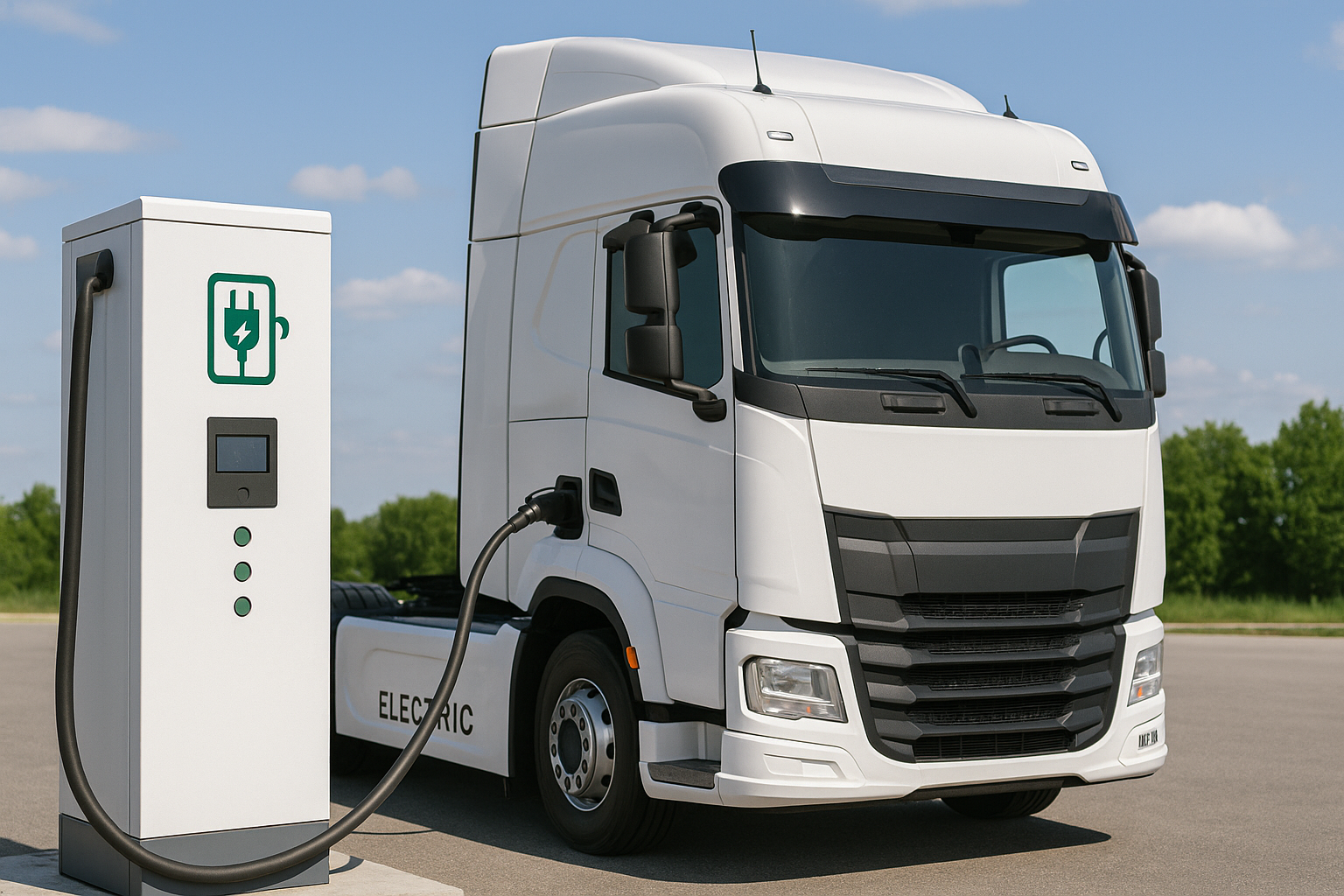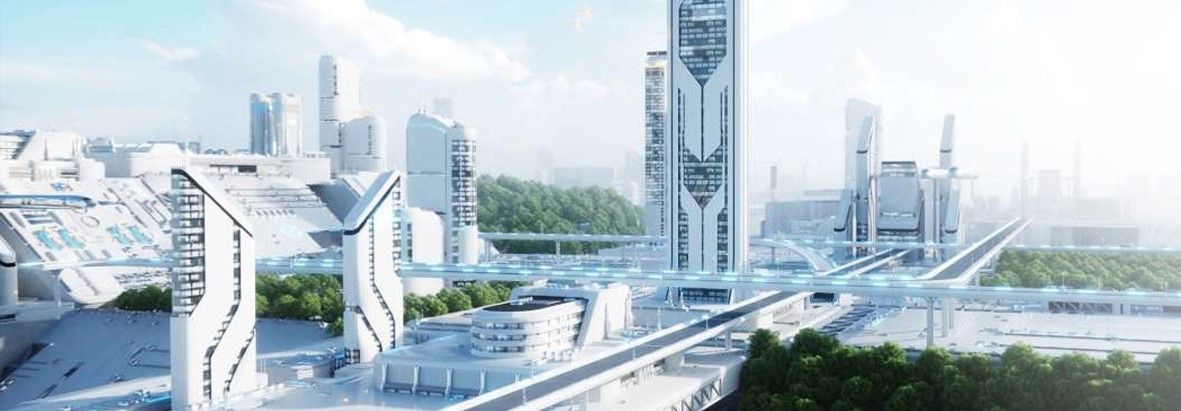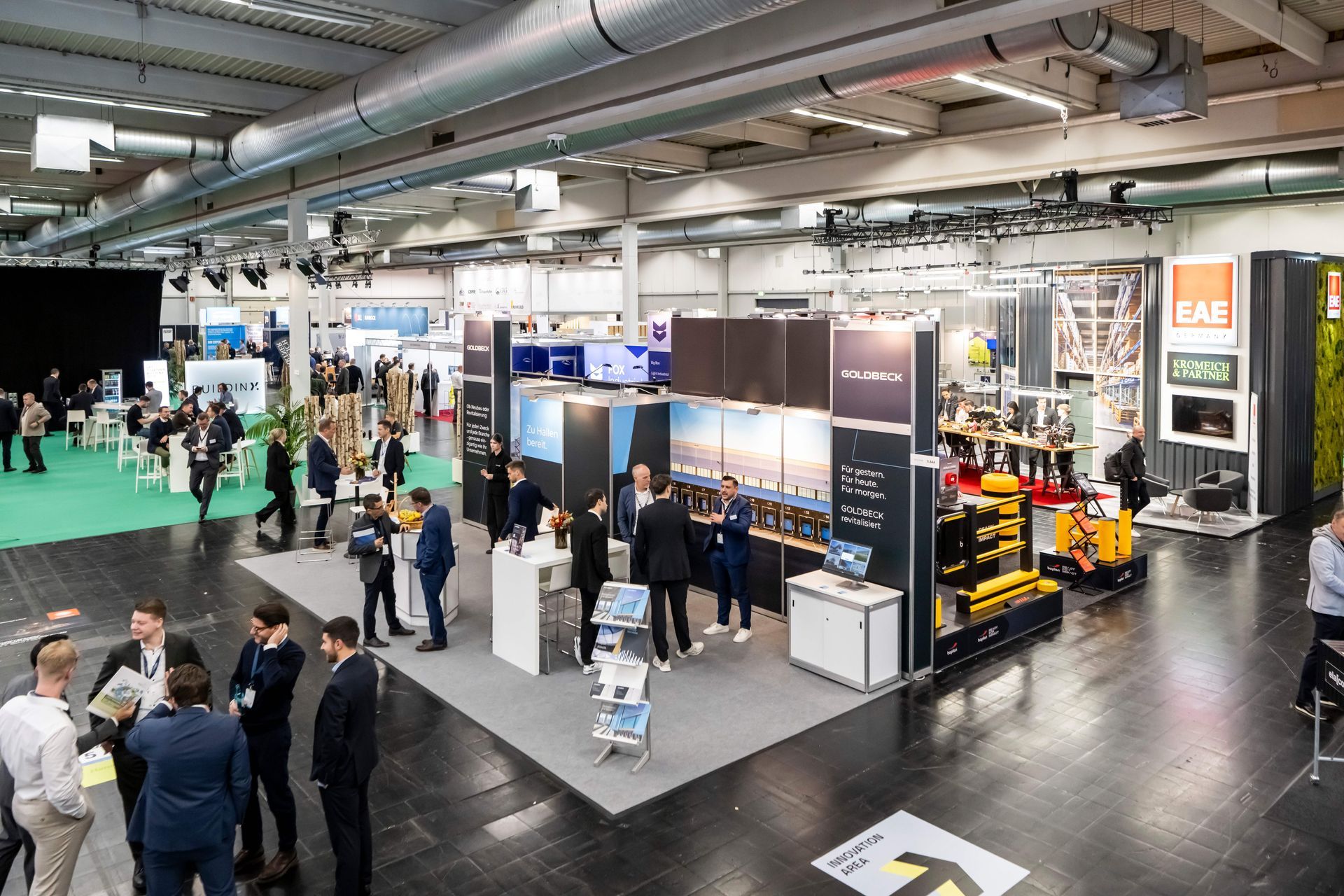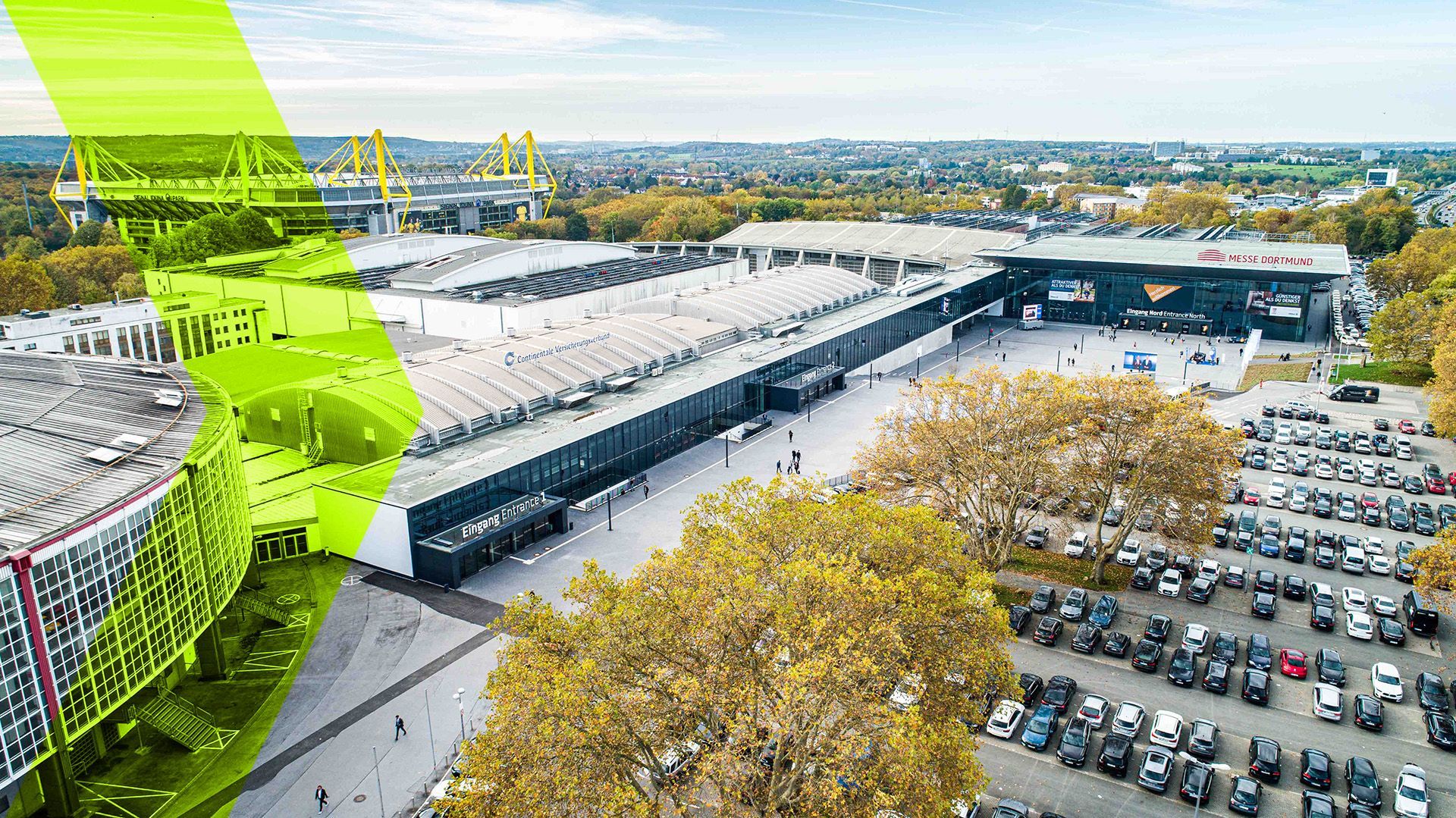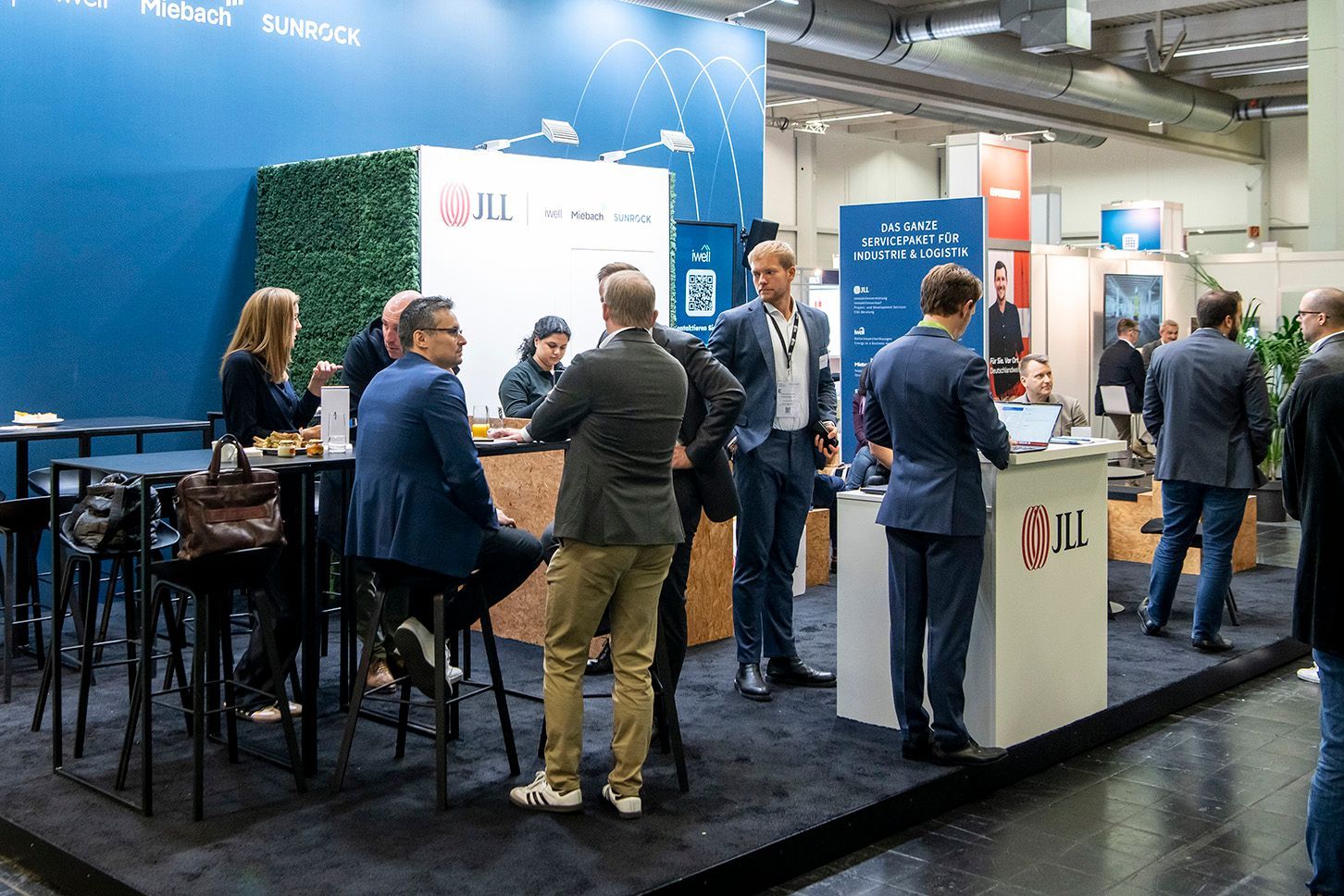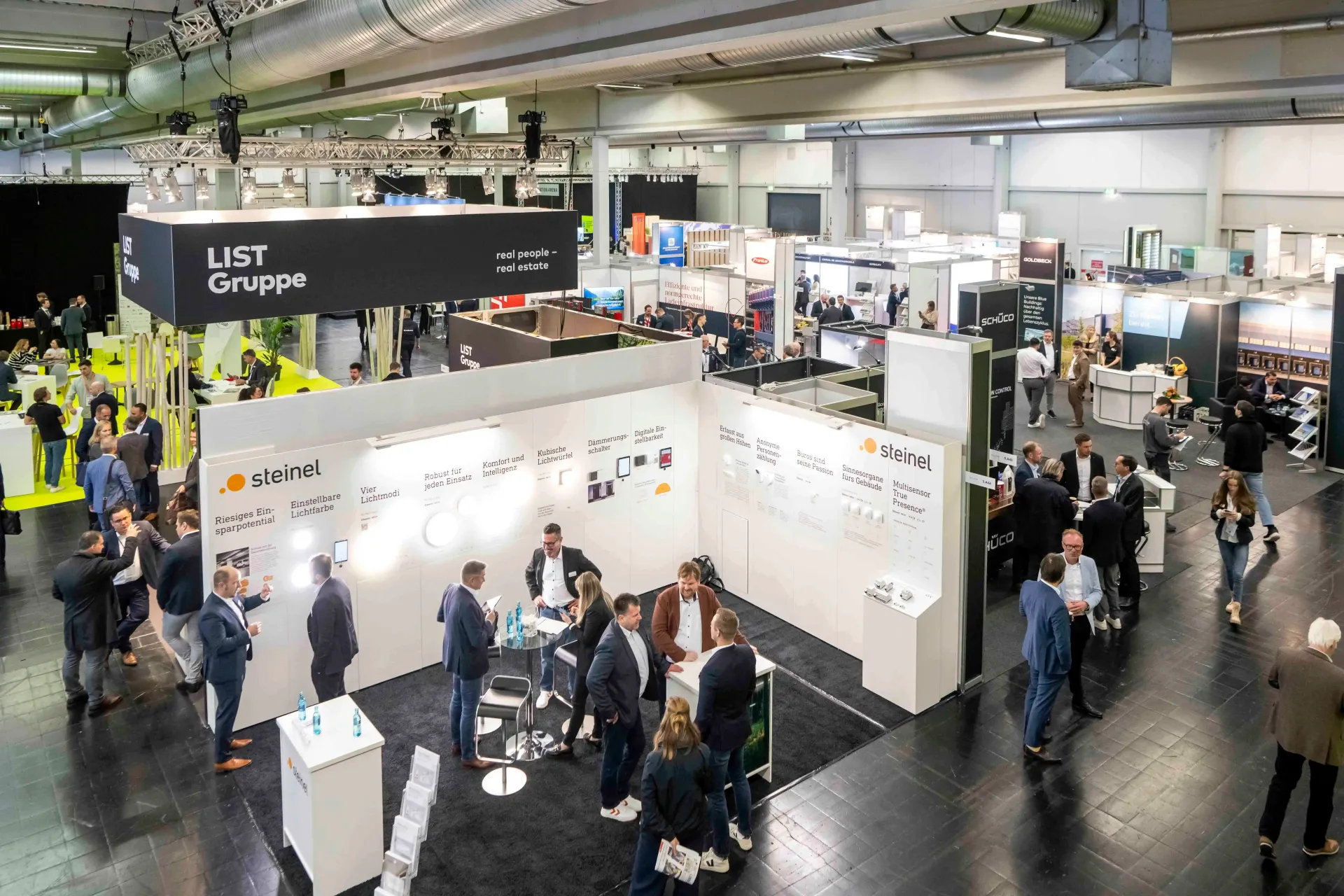In the future, we could think of logistics properties first and foremost as power plants!
Interview with Alexander Nehm, Professor of Business Administration / Forwarding, Transport and Logistics at the Baden-Württemberg Cooperative State University in Mannheim
Logistics real estate and sustainability - how do these two topics go together today and what opportunities does the future hold for logisticians in this regard? We spoke to Alexander Nehm, Professor of Business Administration / Forwarding, Transport and Logistics at the Baden-Württemberg Cooperative State University in Mannheim. He can look back on many years of experience in the field of logistics real estate, including as the respective managing director of Logivest Concept GmbH and the Fraunhofer working group for supply chain services SCS in Nuremberg.
Prof. Nehm, what potential do you think the logistics sector has when it comes to renewable energies?
The potential is enormous. The following thumb calculation should illustrate this: Every year around five million square meters of new logistics real estate space comes onto the market - so let's put it simply from around 100 million square meters in the last 20 years. Let's also assume that the construction of these properties is comparatively standard and modern. If only a third of these hall roofs are suitable for solar systems, that is still a good 30 million square meters, i.e. around 4,200 soccer fields. A lot of energy could be produced on such an area.
And to what extent is this potential already being used today?
The bad news is: not much so far. However, this is mainly due to the fact that for a long time there were unfortunately hardly any reasons for the corresponding measures to appear economically sensible in the case of logistics real estate. Up until last year, electricity was comparatively cheap, and rents for logistics facilities were mainly calculated as net cold rents. Additional costs played a subordinate role for a long time. This is exactly what has changed enormously in the last two years due to the pandemic and above all due to the war in Ukraine. The dependence on monopolies of energy suppliers has proven to be problematic. As a result, since last year there has been almost no new logistics property that ignores PV and solar or other energy-related measures - at least as an option that can be implemented promptly after commissioning - and that is the good news. Without these accelerating effects, the topic of sustainability and energy efficiency would have become increasingly important, but certainly not at this speed. The pressure that has now arisen, also due to increasing ESG requirements, to build energy-efficiently, ecologically but also socially acceptable due to the lack of skilled workers, ensures a large number of innovations. The industry is currently more dynamic than ever.
For the reasons you described, the topic of energy self-sufficiency is now becoming increasingly important for the world of logistics. You are considered to be the originator of the idea for logistics real estate - what could that look like using the example of a logistics warehouse?
Against the background of rising energy prices and in order to become generally more resilient to extreme events, this aspect is now becoming more and more interesting for logisticians. How much of one's own energy requirements can actually be covered by renewable energies - whether this is via a wind power plant, the solar roof or a geothermal power plant on one's own premises? The answer will vary depending on what is needed or possible at the site. There are more and more examples that show that at least a large part of the energy requirement can be covered in this way. First of all, to name a smaller project that not everyone knows: heo, a distribution company for licensed products, collectibles and games in Herxheim. Without any project developers, the management decided - before the Ukraine crisis, by the way - that the buildings of the so-called "heo campus" should be operated completely with "green electricity" - and implemented the new building accordingly. On the roof of the logistics warehouse there is a one megawatt peak photovoltaic system that generates significantly more electricity than the company needs. There are other aspects that make these systems exciting, but I would also like to mention another project: The C3 in Bremen, which also drew wide circles in the press - partly because Environment Minister Habeck inaugurated it. Now think about the last time a high-ranking politician was present at the inauguration of a logistics property? Very few want to be associated with it, because the topic arouses mostly negative associations among citizens. But the C3 showed that such a project, if you think about it differently, suddenly generates attention and relevance.
What distinguishes the approach to this project from others?
The C3 was seen and communicated primarily from a sustainability perspective. The focus here was not on the size of the storage area of this huge system, but on the size of the solar system on the roof of the hall. In other words: There has been a change in how logistics real estate can be perceived. And from my point of view, this is exactly the right way for several reasons: In the future, we could think of logistics properties as power plants first! One vision would be that the contribution of logistics properties to the energy issue is the focus of new project plans, especially in the municipalities. New projects could therefore be small power plants, with the advantage that they enable additional use, e.g. logistics, on the ground floor and thus provide additional jobs. Then the logistics of the problem generator - in terms of energy and surface sealing - becomes a problem solver. And not only because it ensures more social acceptance, but because it is simply the most sensible way we should plan and think in the coming years and decades in order to build something really sustainable across generations. The task is gigantic. According to Federal Minister Habeck, a tripling of the annual increase in solar capacity is necessary - and that alone by the year 2026 (as of July 2023)! Not upgrading logistics properties in this regard would actually be negligent!
In your opinion, what are the greatest challenges on the way to this goal?
The bureaucratic hurdles when a company wants to feed energy back into the grid, for example, are high. But in my opinion you can already see signals from federal politics that show that there is a clear will to adapt to this necessity. A reduction in bureaucracy in this regard is at least planned. But of course that won't happen overnight. In addition, there are still difficulties with the issues of network infrastructure and storage technologies: If I produce electricity via solar systems during the day, but have to call it up at night, I need large electricity storage devices. Technically, this is definitely feasible and the increasing demand will not only boost innovations here and also have an impact on prices. I'm optimistic that a lot will change here in the next few years. Against this background alone, the idea of the BUILDINX trade fair certainly comes at exactly the right time!
